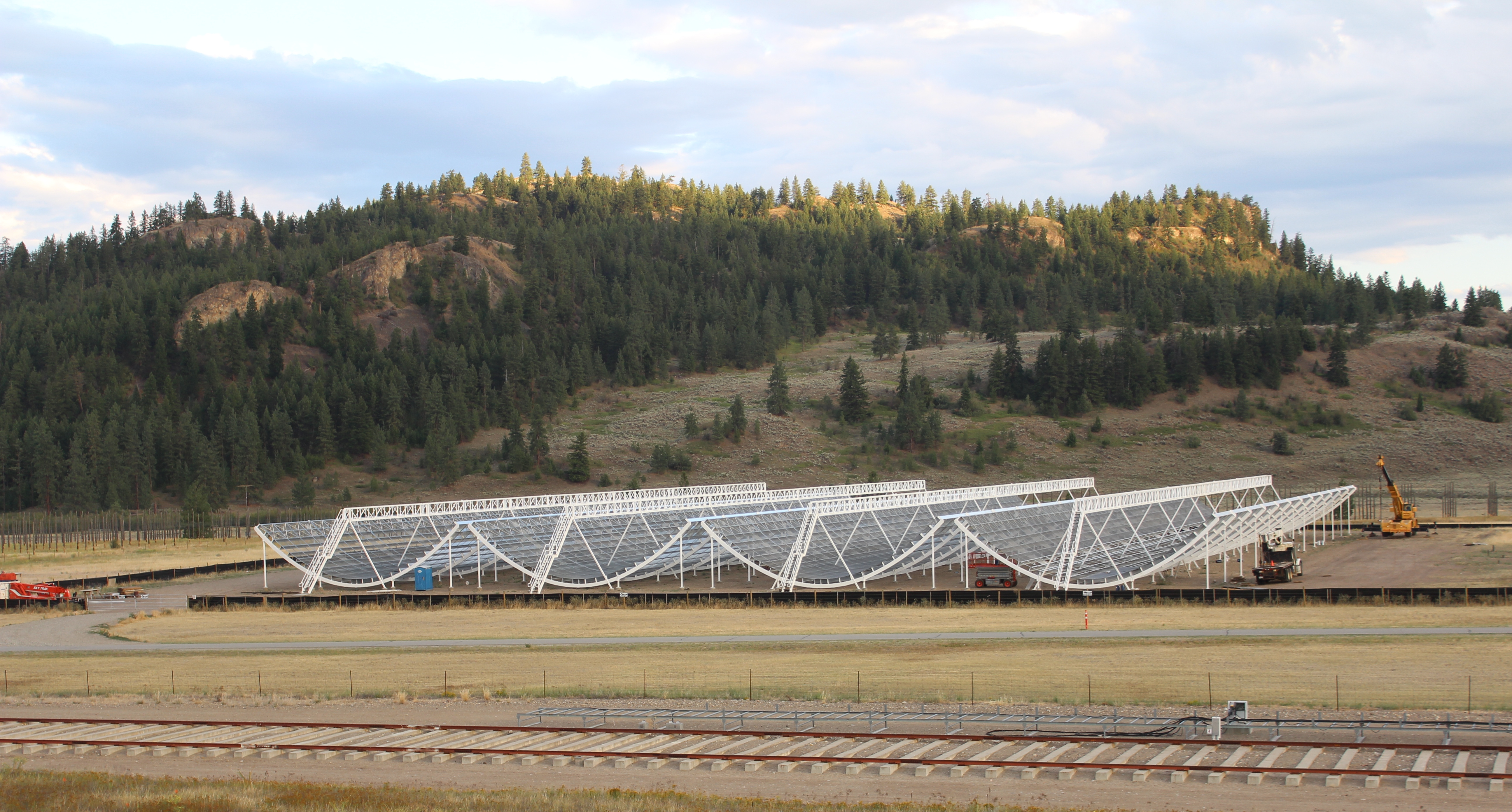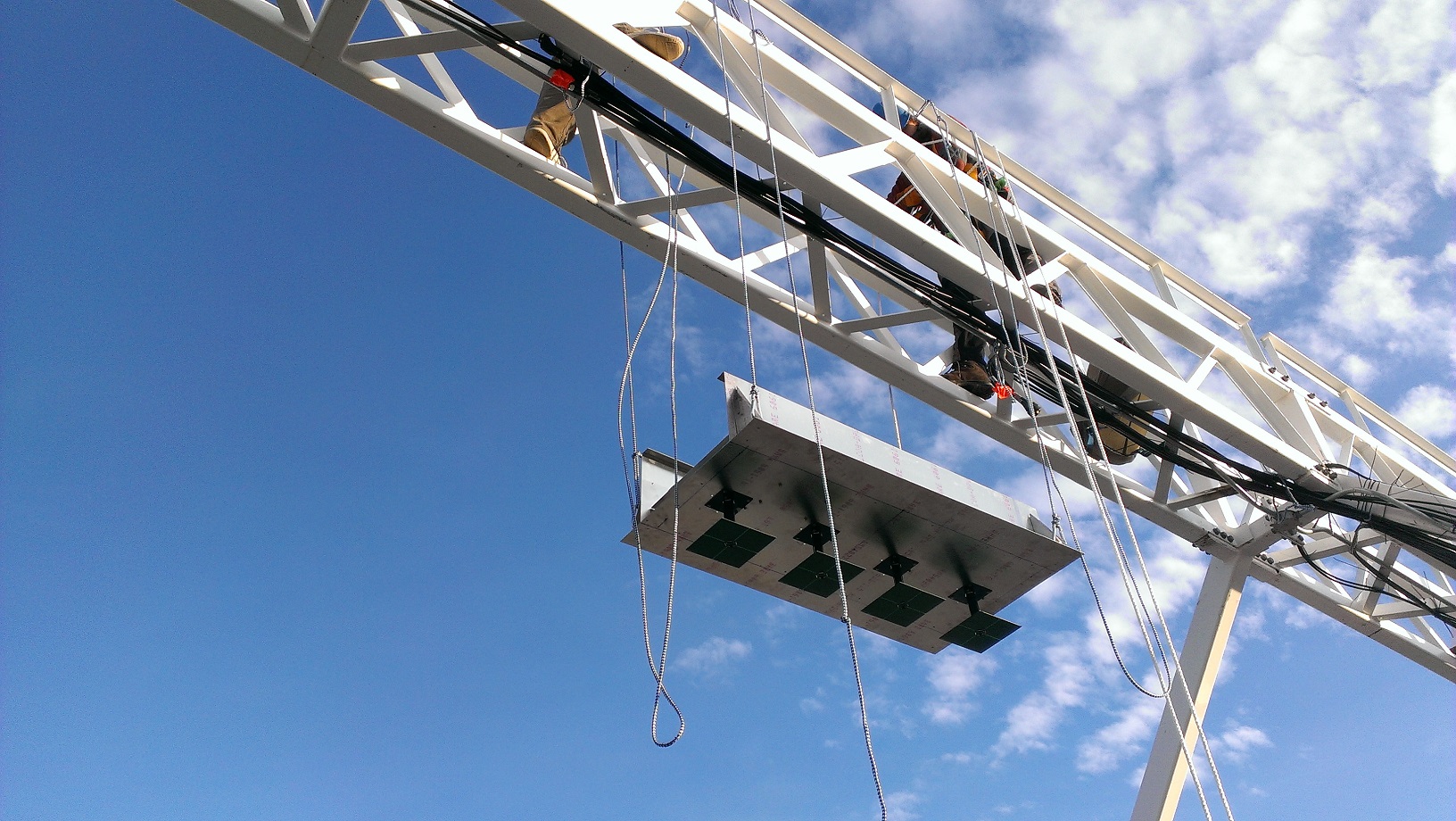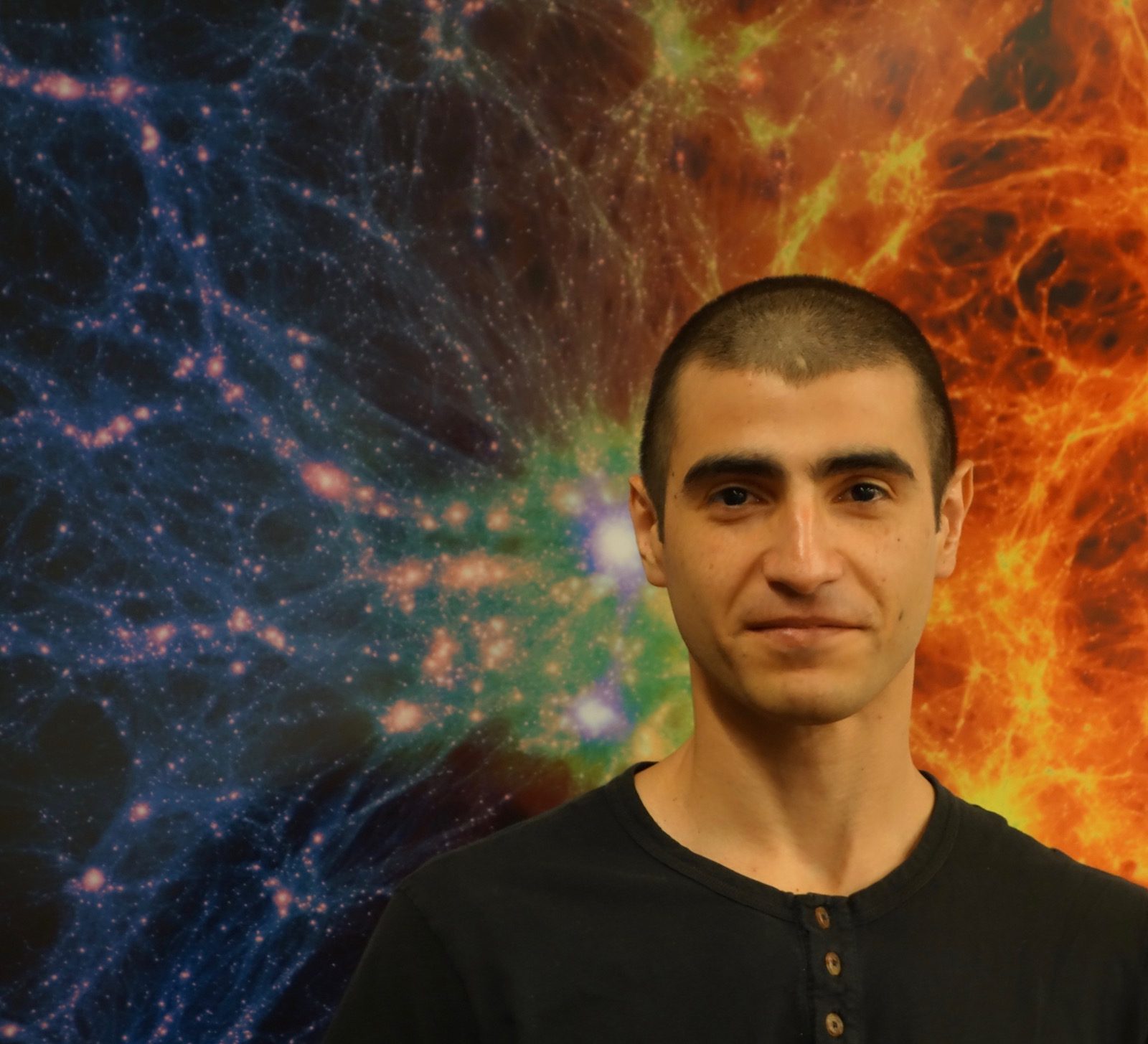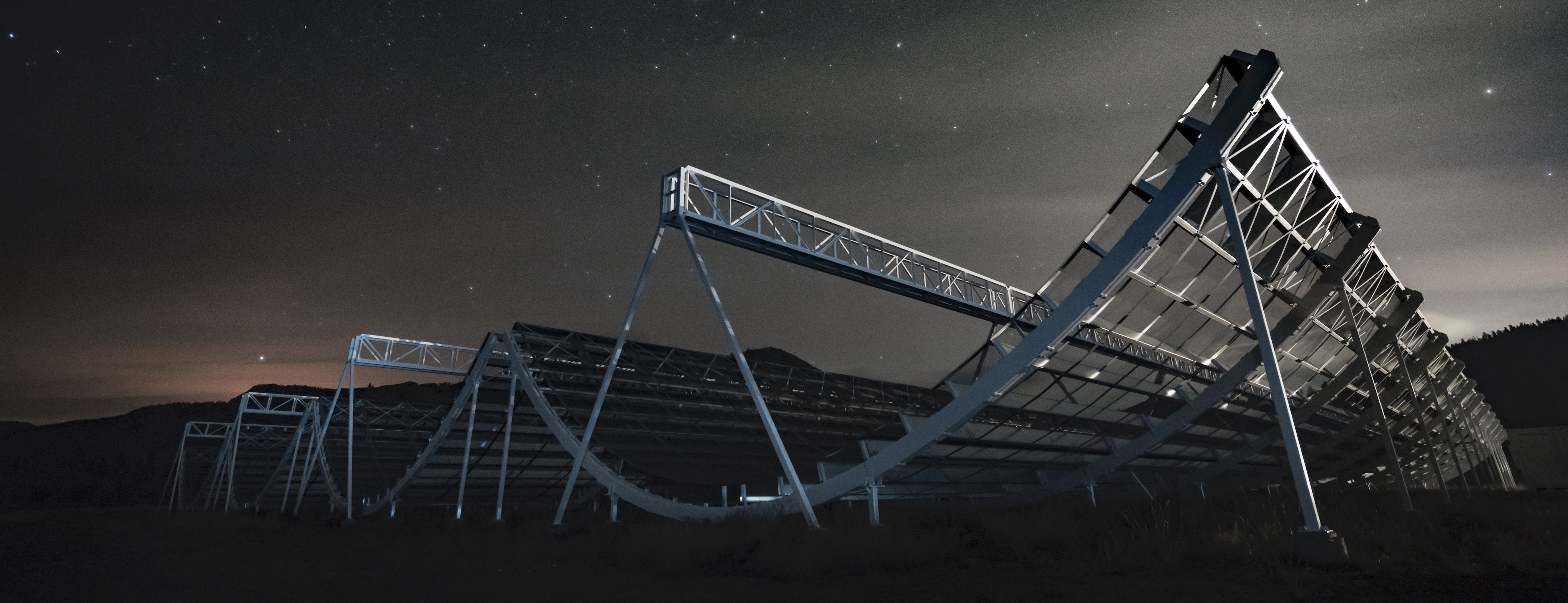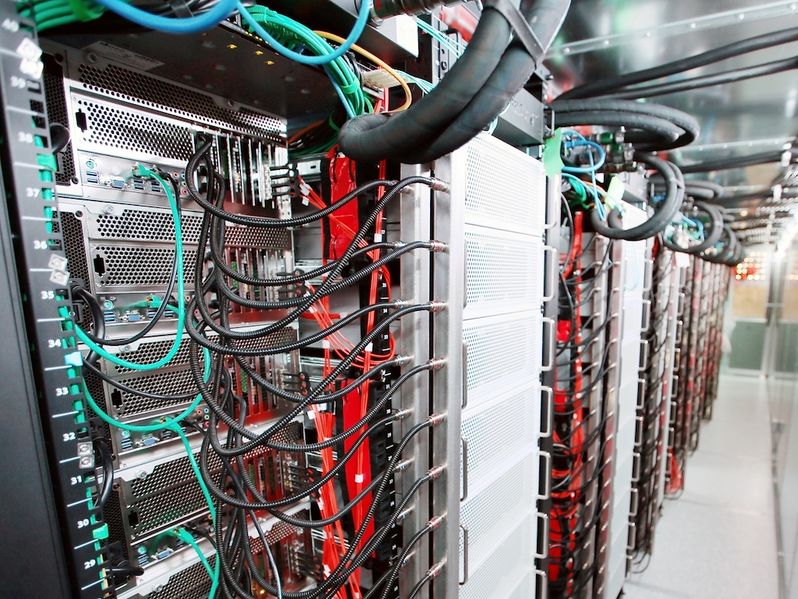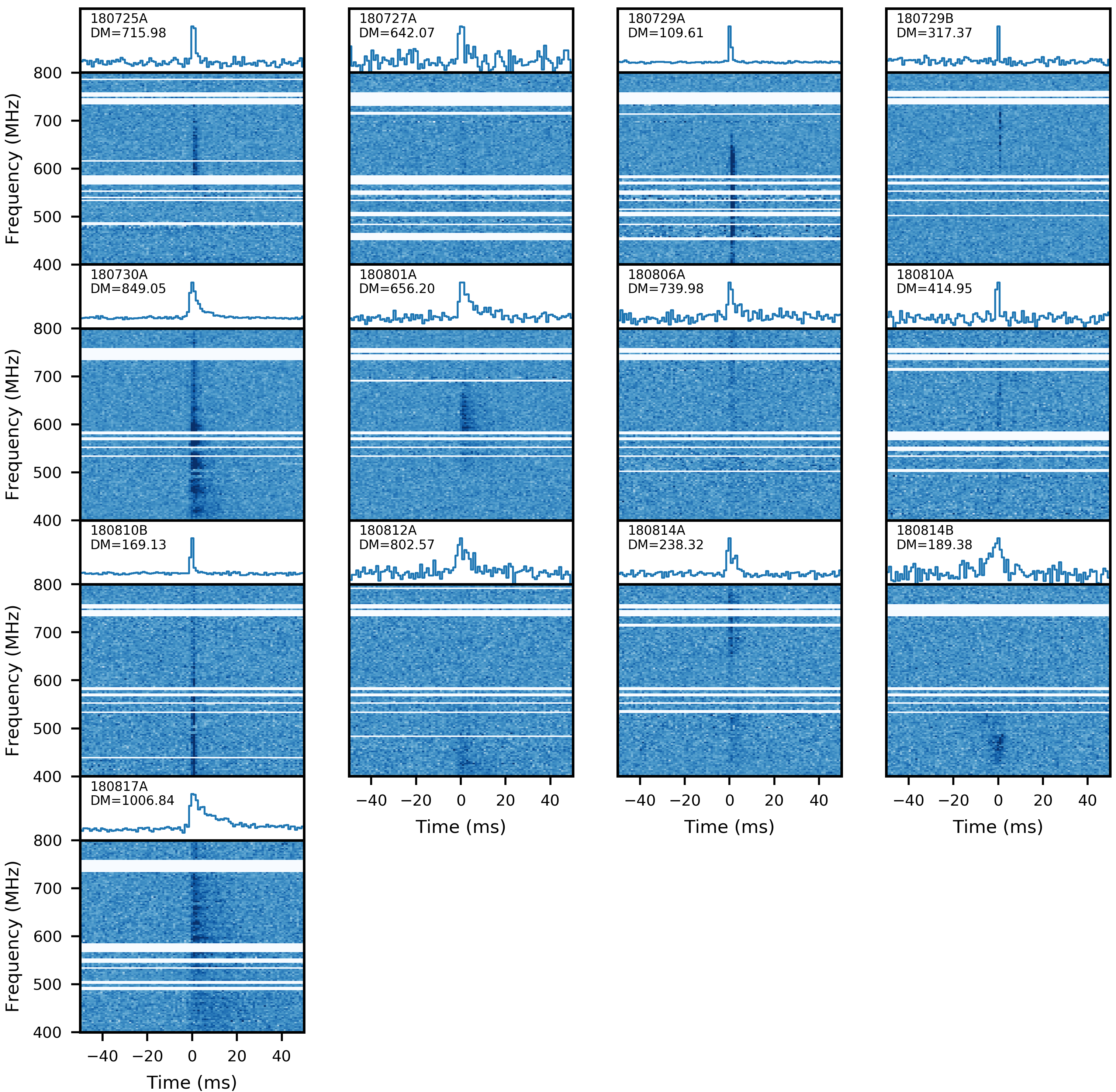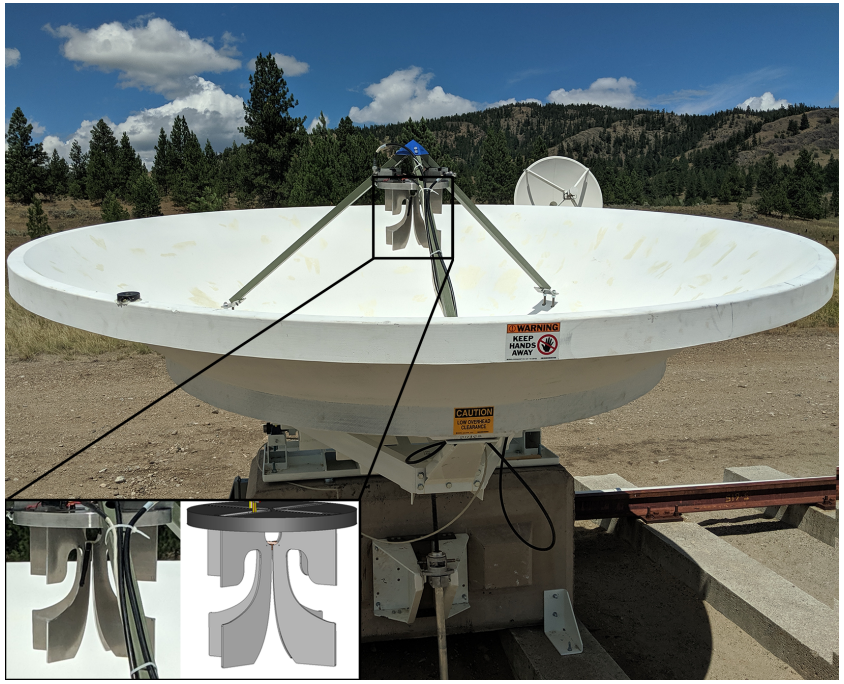The CHIME telescope
Dark energy is a property attributed to the large-scale universe in order to explain its accelerated expansion. Understanding its nature is one of the biggest challenges of cosmology today, with profound implications for fundamental physics and our understanding of the universe. I work in the Canadian Hydrogen Intensity Mapping Experiment (CHIME), a novel interferometer radio telescope designed to study the expansion history of the universe and probe the nature of dark energy. CHIME is mapping the large-scale structure of neutral hydrogen gas in the universe by directly detecting its redshifted 21 cm radiation. We will use that information to study the epoch when dark energy generated the transition from decelerated to accelerated expansion of the universe.
I have been part of the CHIME collaboration since the telescope's conception and have been involved with multiple aspects of the experiment: from instrument design and construction to data analysis. Now that CHIME is performing the largest volume astronomical survey to date, my work is centered on the development of calibration and data analysis techniques to characterize the instrument and separate the weak 21 cm signal from bright astrophysical contaminants.
